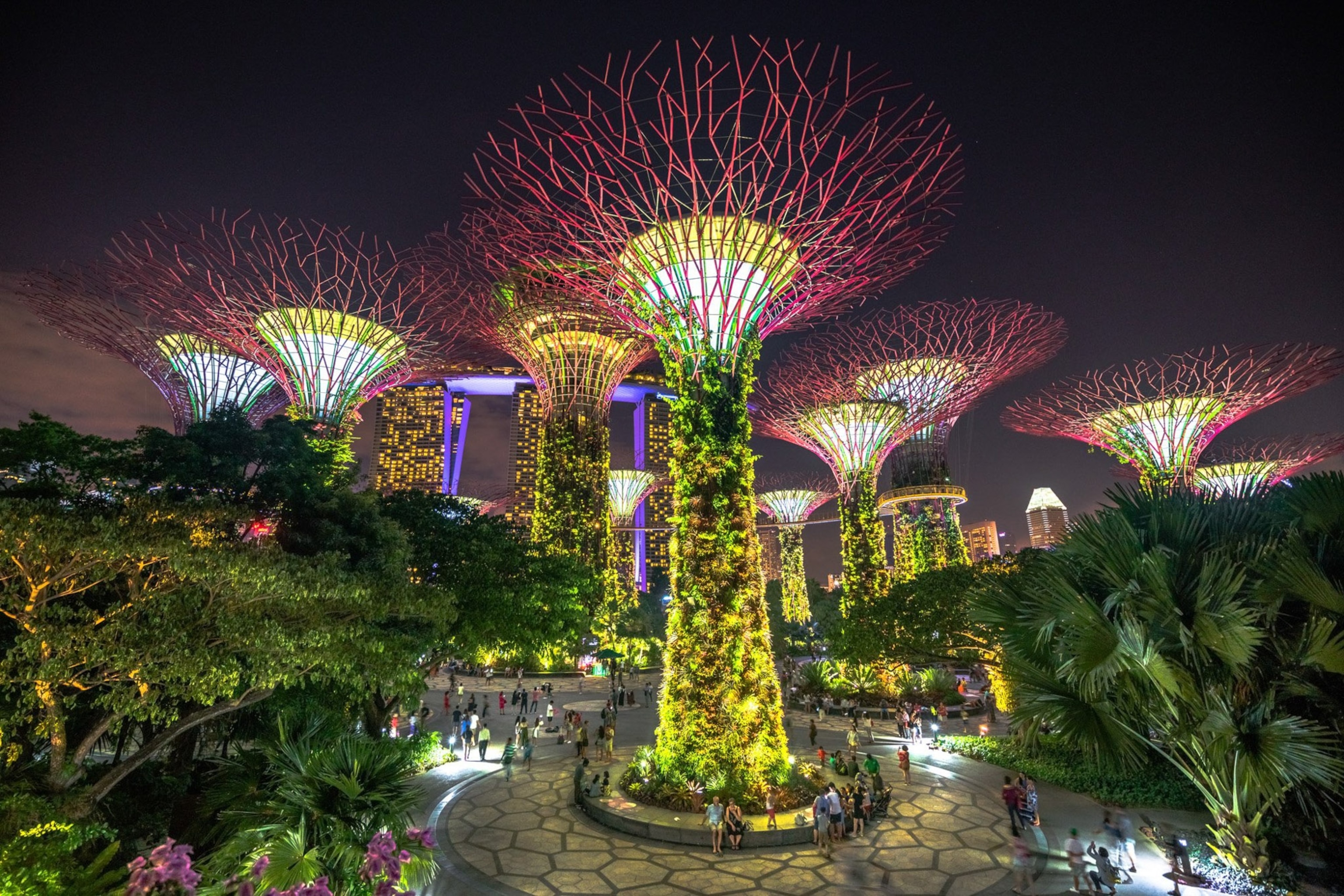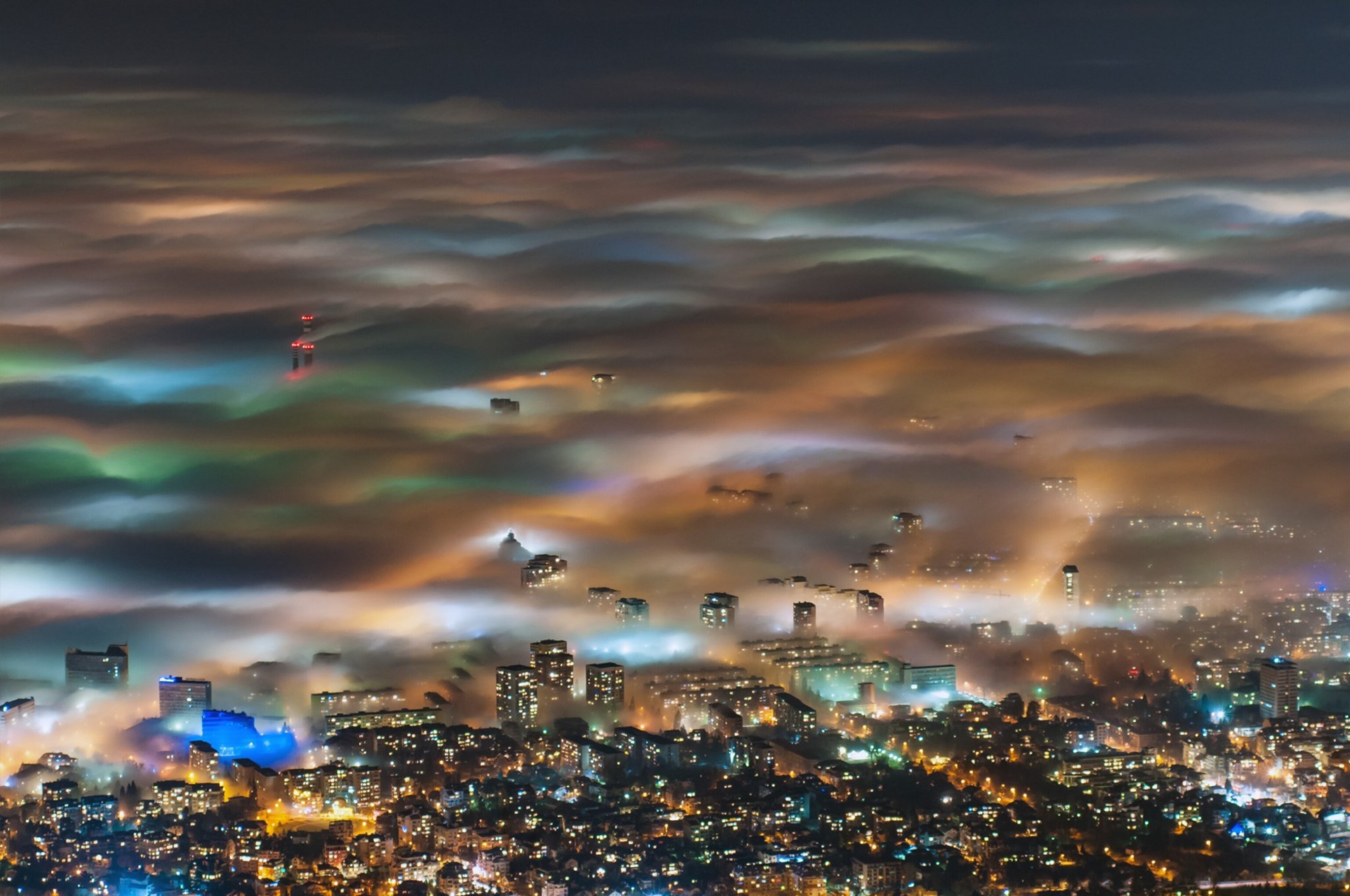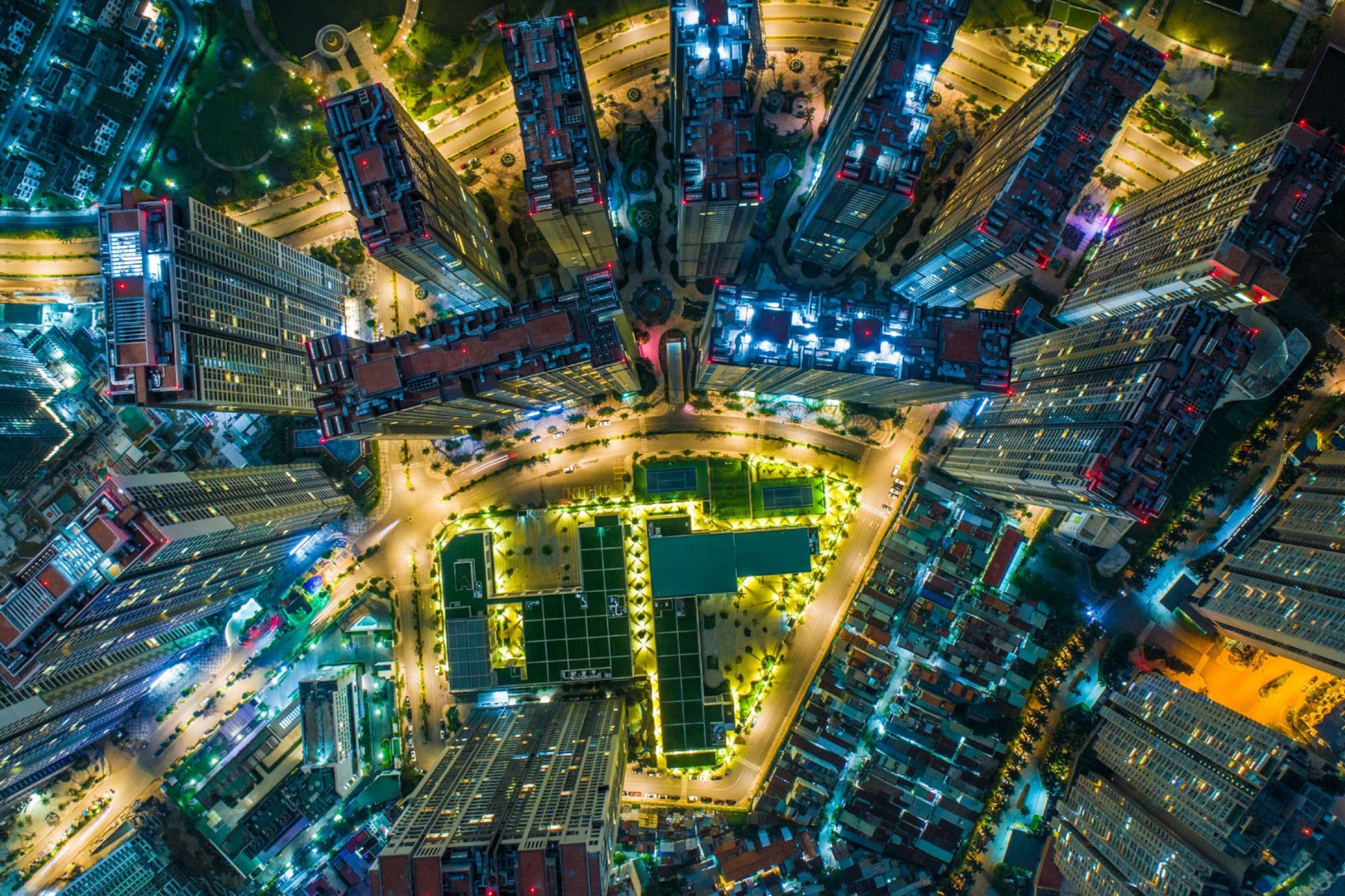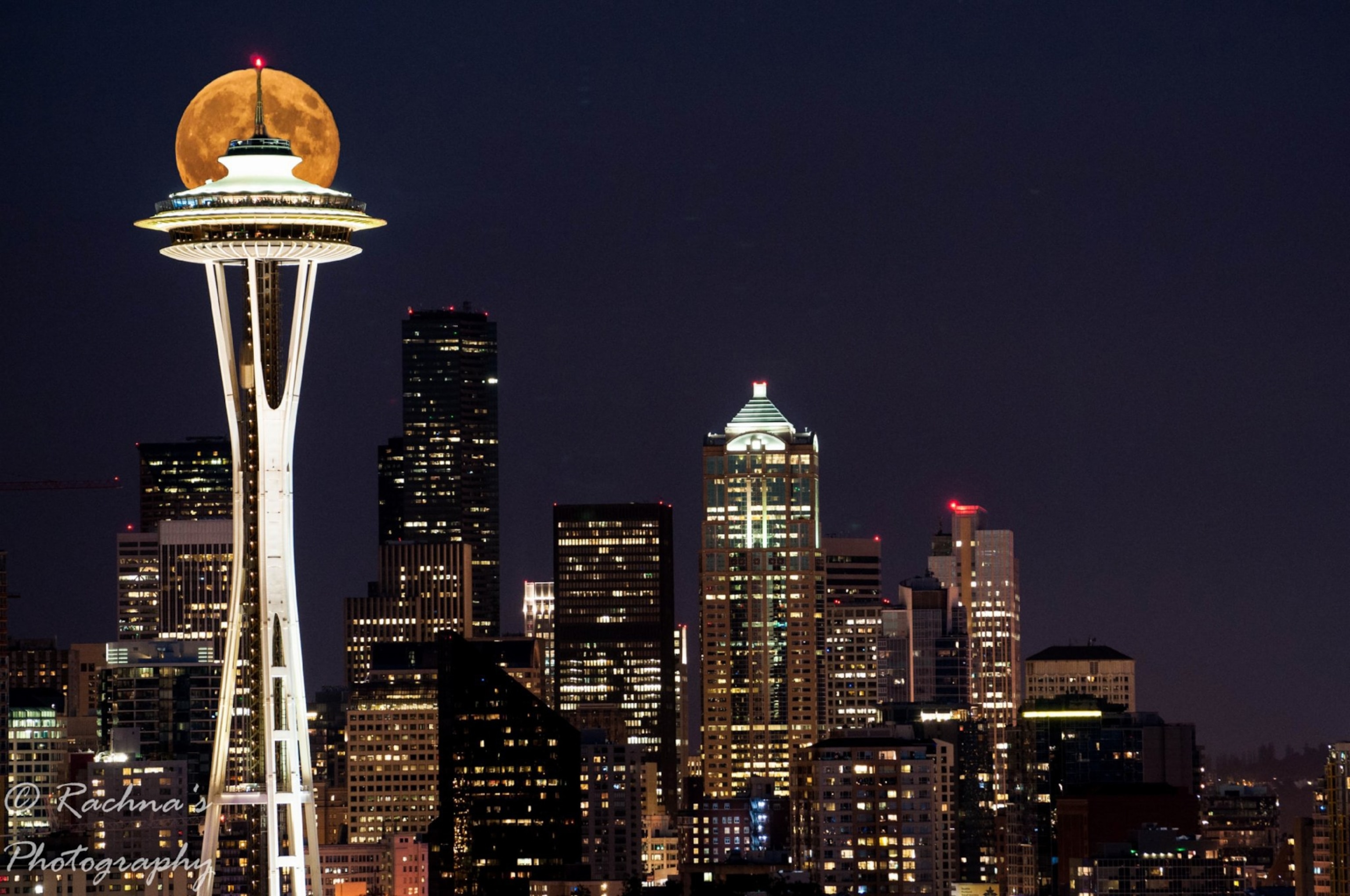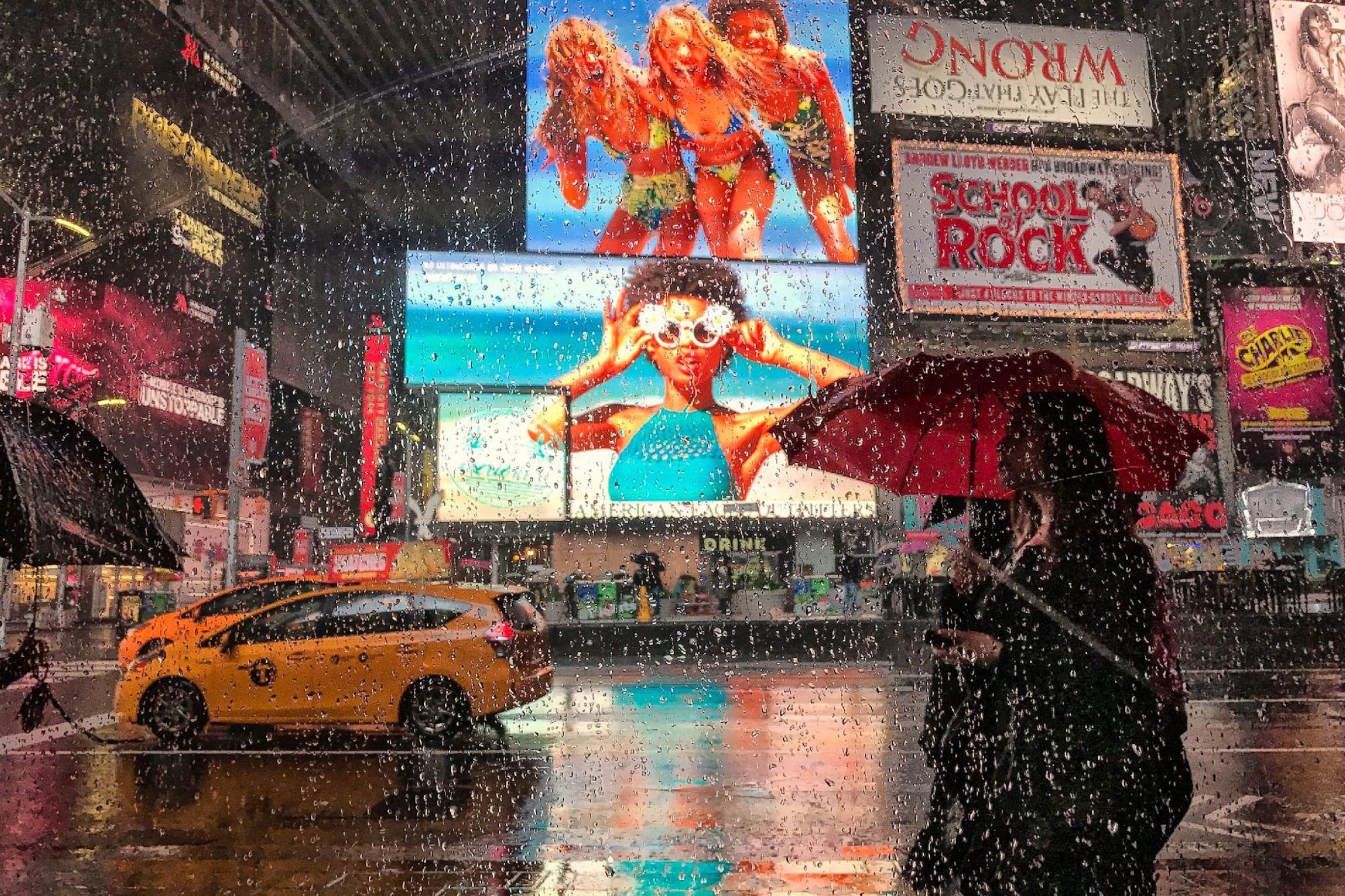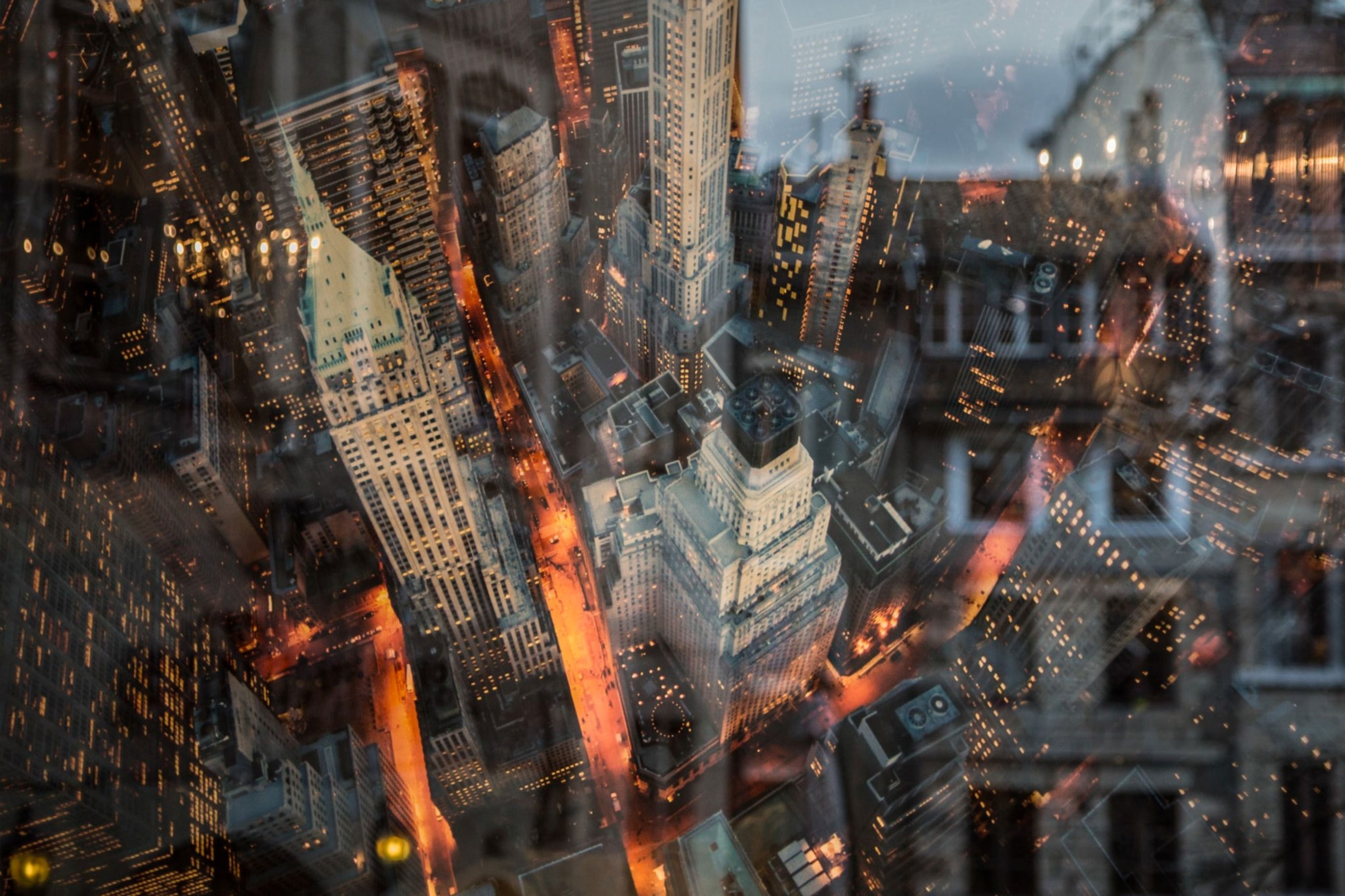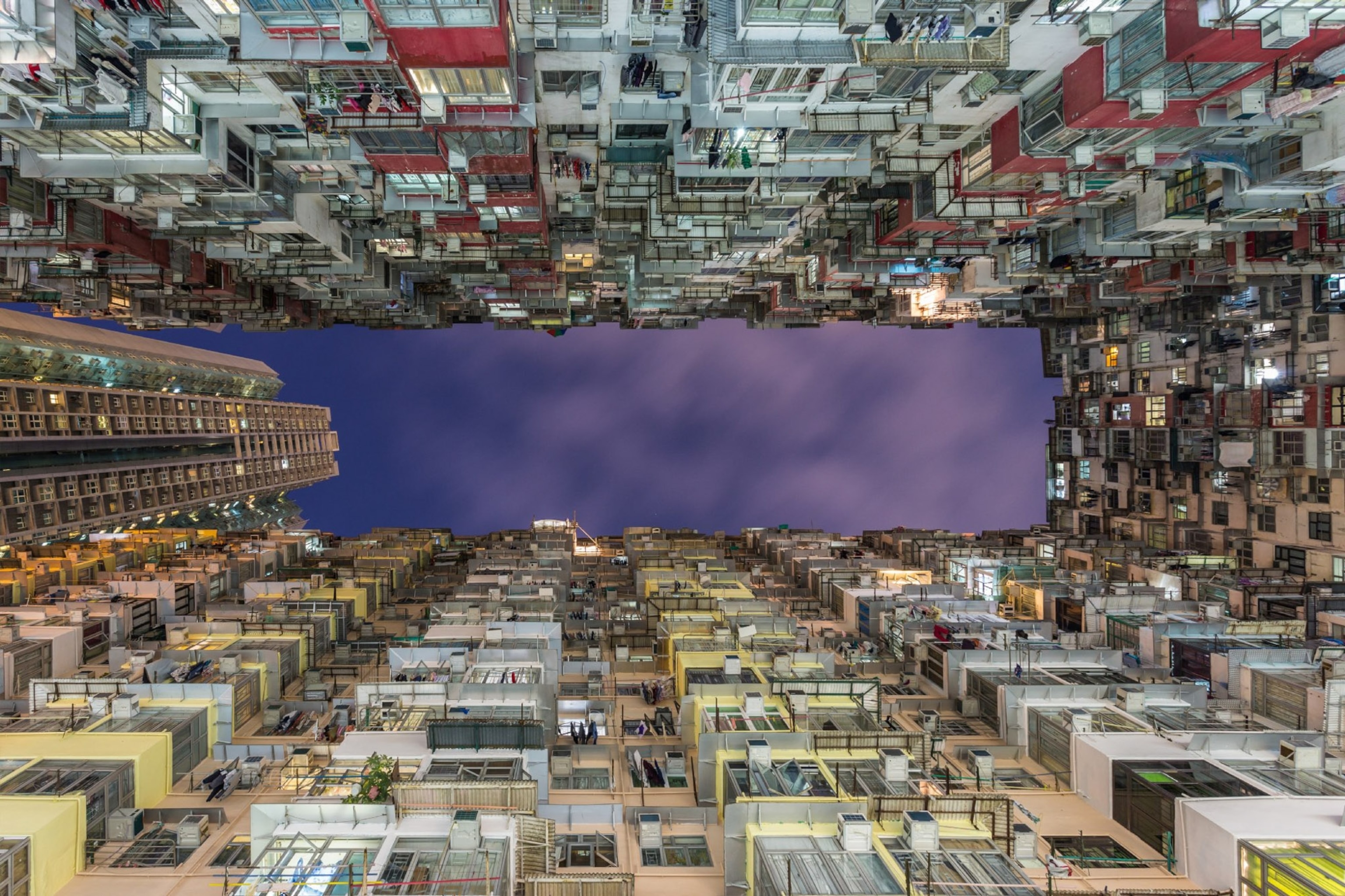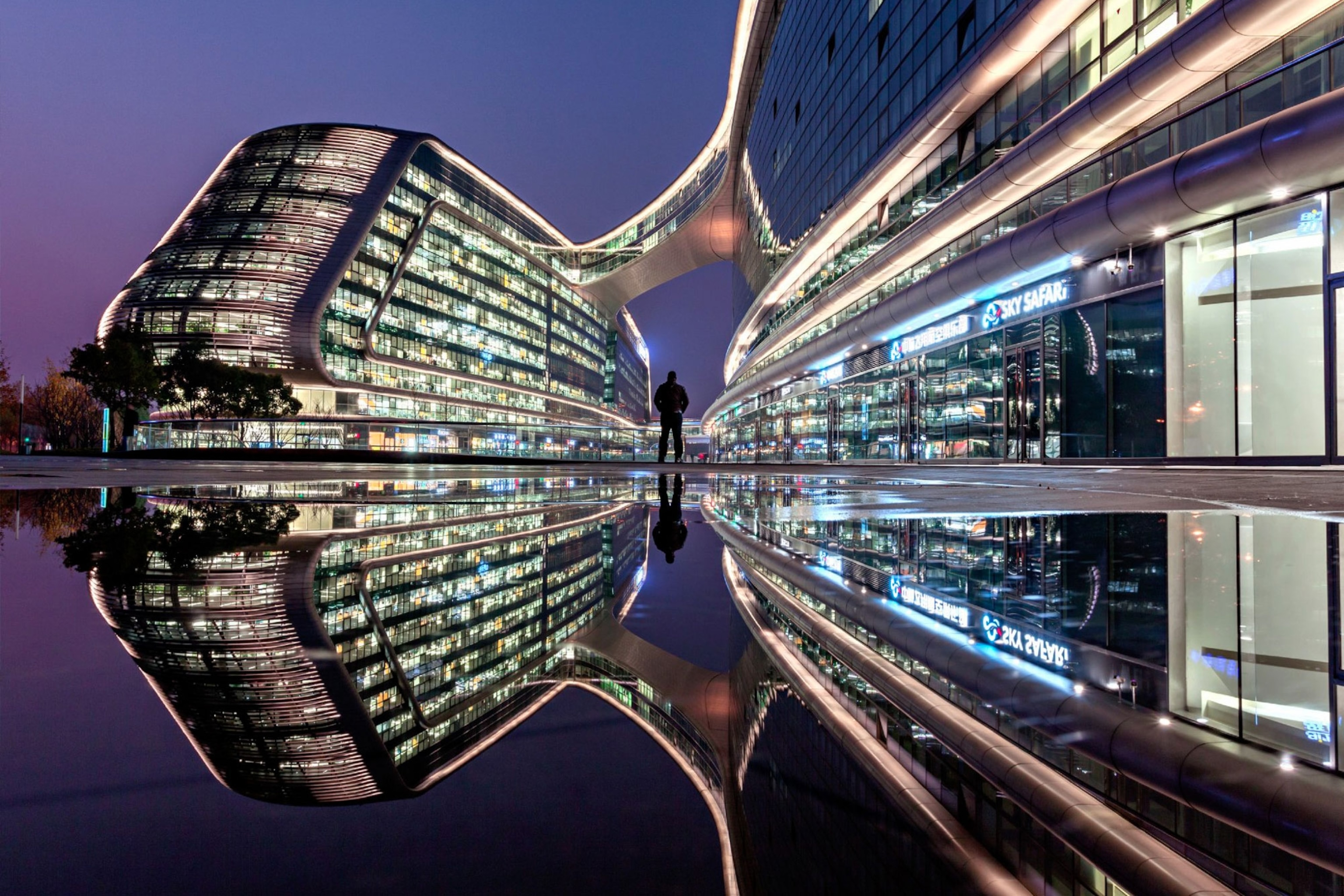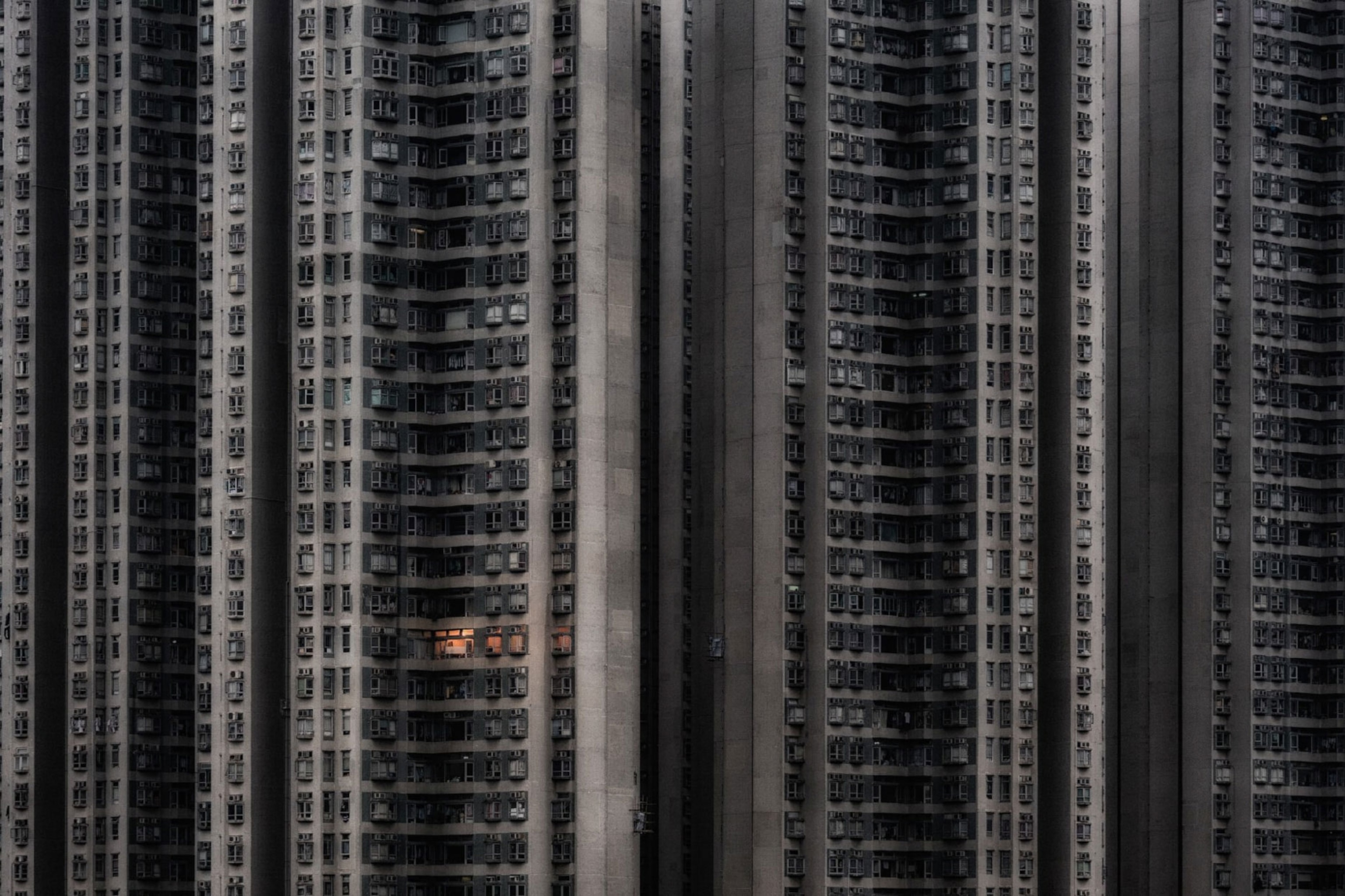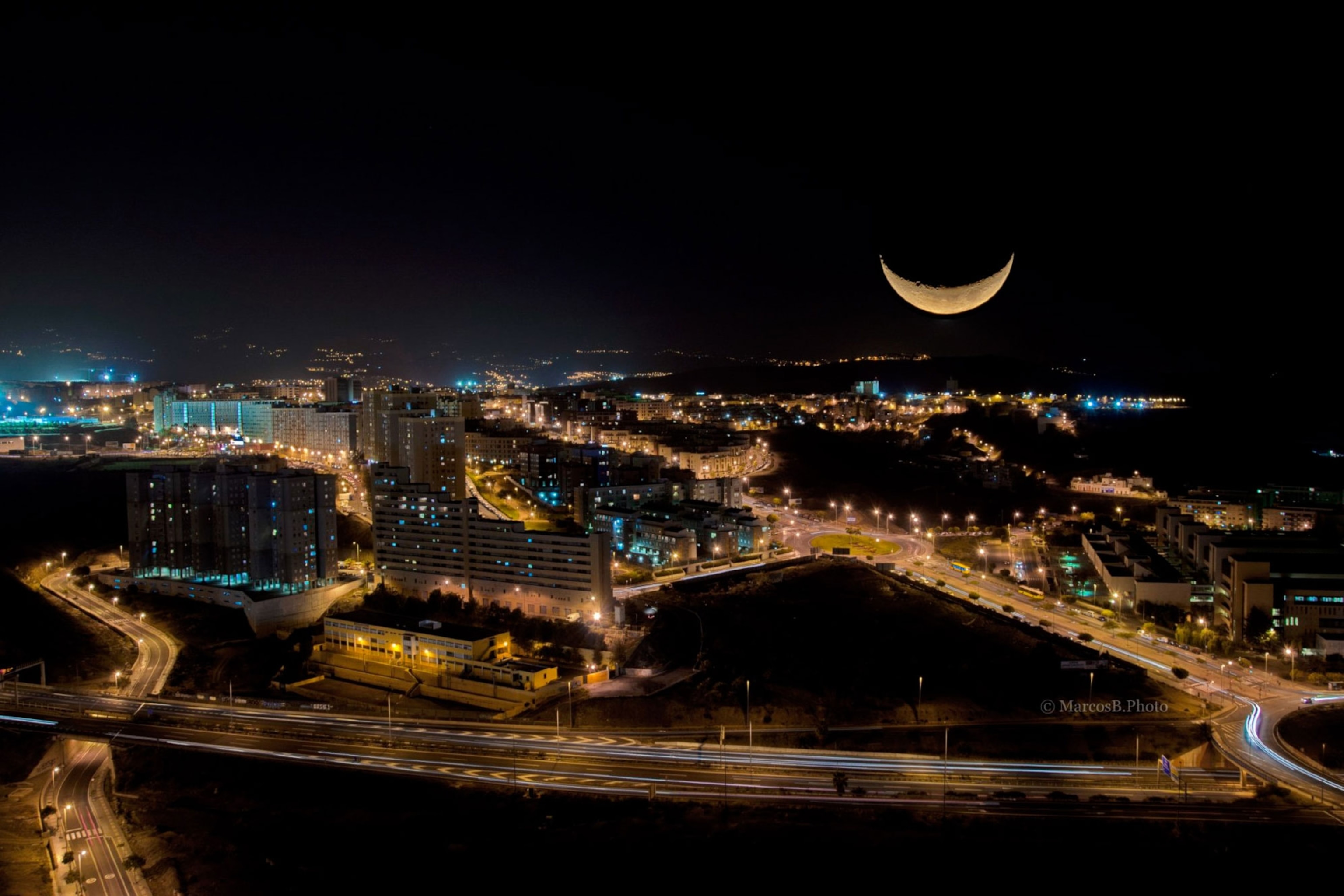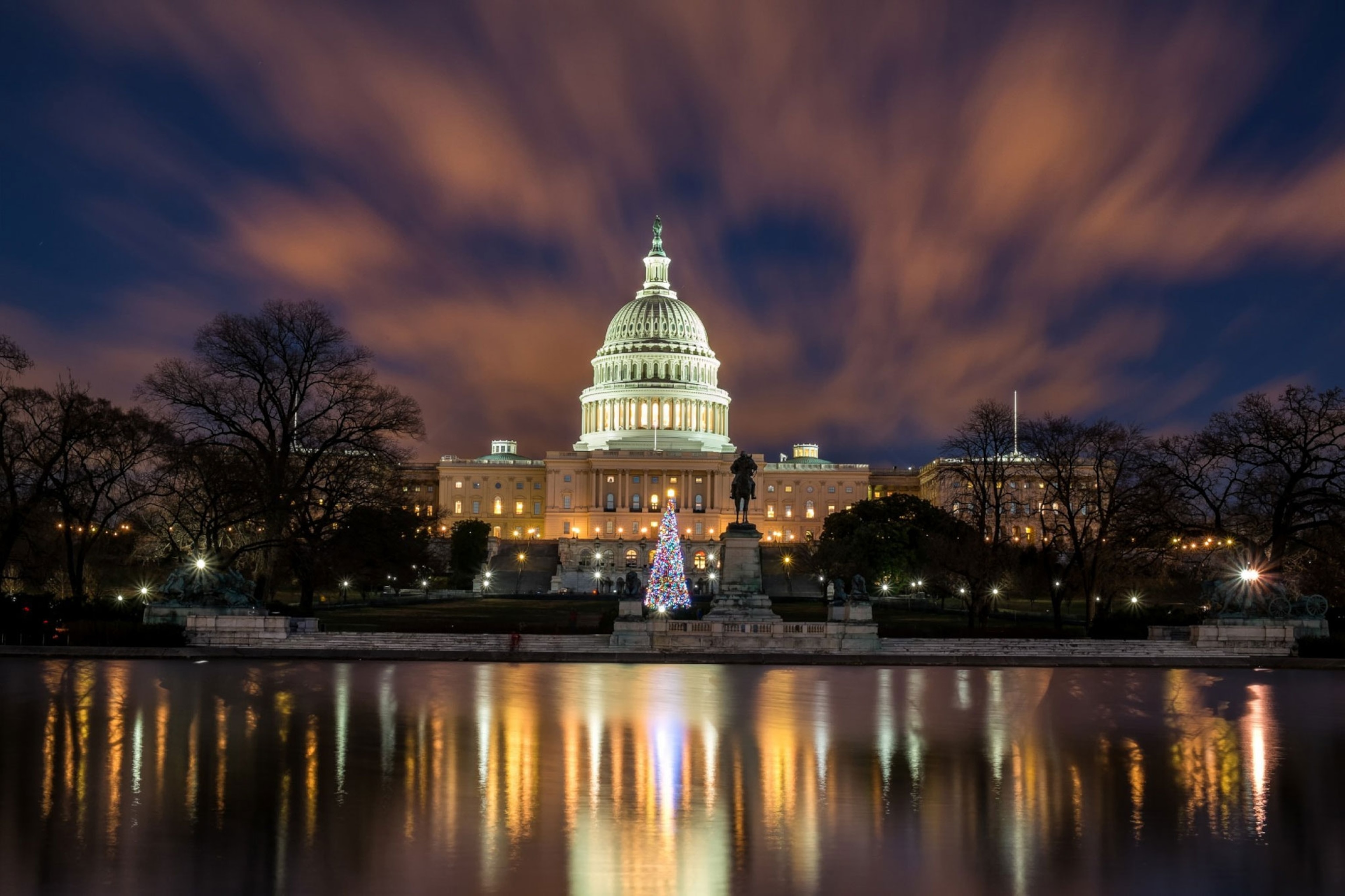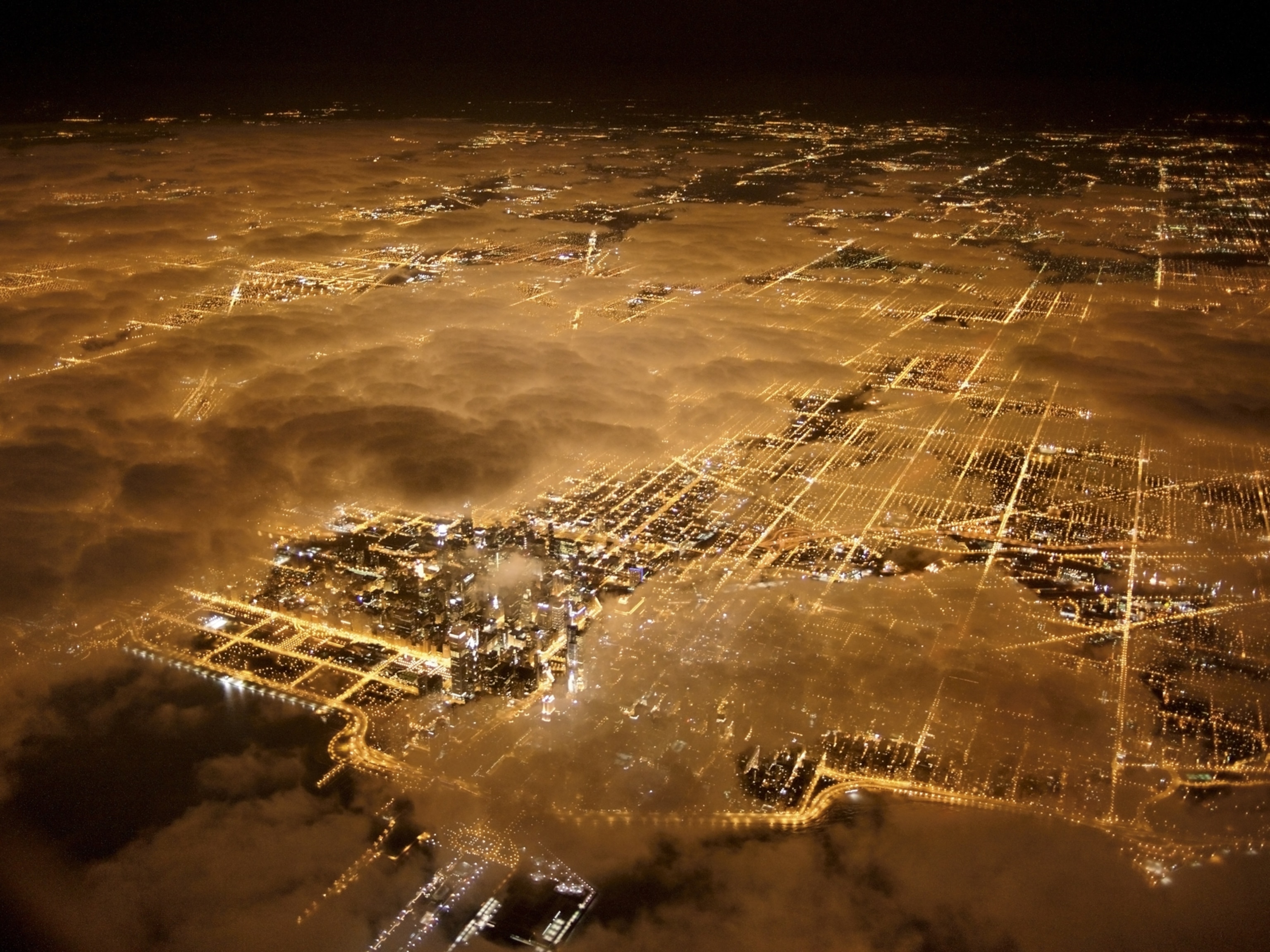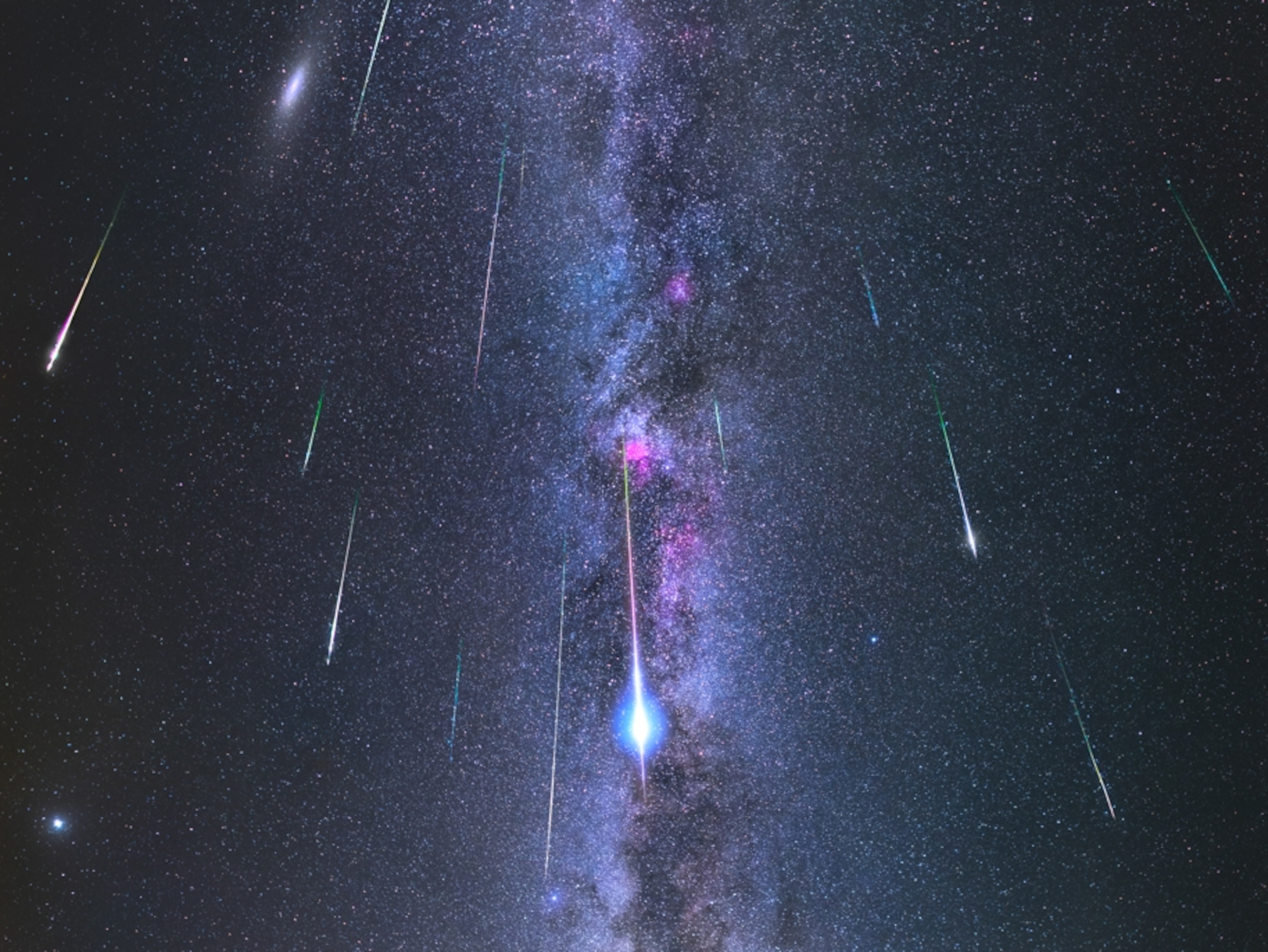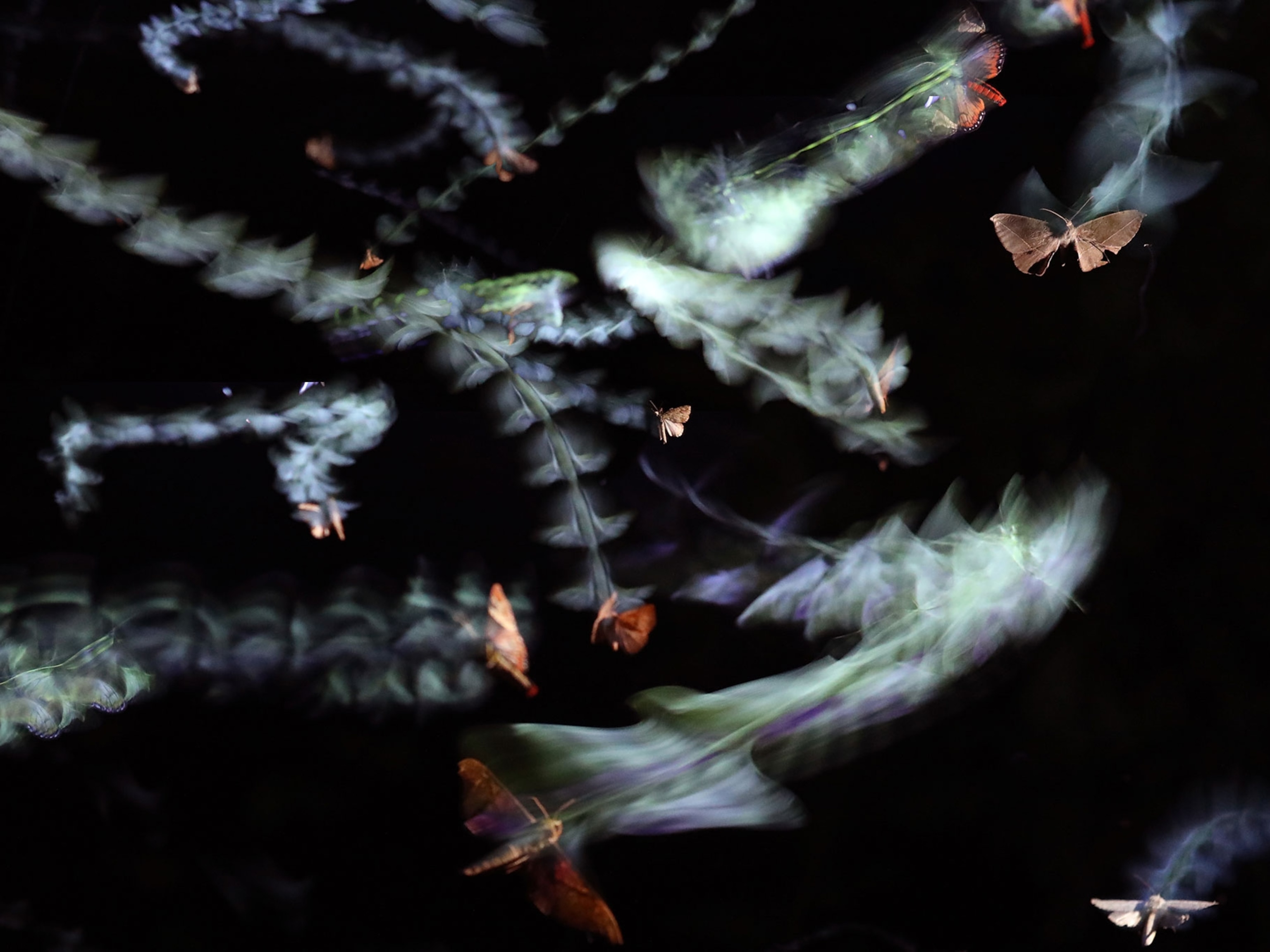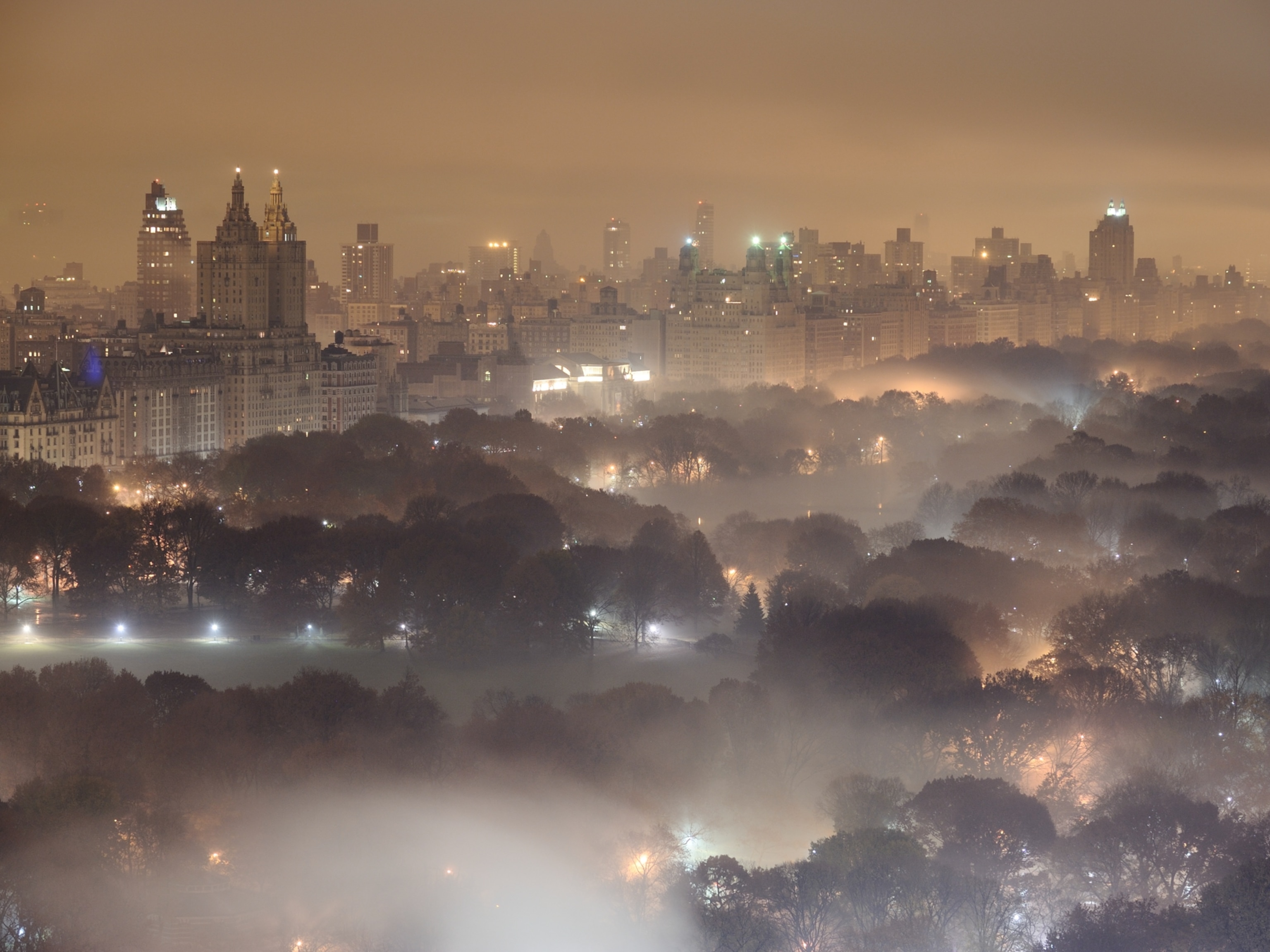See How Cities Across the World Light Up at Night
Skylines at twilight are a photographer’s delight. But while cities bask in the glow, some are trying to remedy a side effect of growth: light pollution.
From space at night, Las Vegas is the brightest city on Earth. Pyongyang, North Korea, is the darkest.
The industrial age transformed cities, setting them aglow with light. In the late 1800s, as part of a revitalization of Paris, urban planner Georges-Eugène Haussmann had 20,000 gas lamps installed along its streets. He reportedly followed the motto “light before all else.” Since then, the City of Light moniker has stuck for Paris—and two dozen others have claimed it as well, such as turn-of-the-century Buffalo, New York, with its newly illuminated avenues.
Changing technologies have made cities ever brighter, as lights have gone from whale oil to gas to electric to LED. But those advances came with a consequence—light pollution. About 80% of us live in an area that’s bathed in artificial light at night. In North America and Western Europe, that number shoots up to 99%. Light pollution impacts both nature and humans, affecting our sleep cycles and even the hunting patterns of nocturnal animals.
As cities around the world convert to LEDs, which use significantly less electricity than conventional incandescent bulbs, that’s also led to a discovery. One recent study suggests that LEDs used in streetlights exacerbate the disruptive effects of glare with their high-intensity blue light.
Many cities are responding with solutions. The “lights out” movement, increasingly popular around the world, encourages office buildings to turn off lights at night to save migrating birds from crashing into illuminated windows. Spain and the Netherlands have begun experimenting with motion-activated lighting on city streets and college campuses. Seattle, a pioneer in converting traditional street lamps to LEDs, has begun course-correcting, replacing harsh blue-light LEDs with softer, white-light versions.
And Paris, once at the forefront of urban illumination, has taken bold steps in recent years towards dimming the lights. In 2013, the French government passed a law requiring all businesses and buildings in the country to turn off their lights between 1 a.m. and 7 a.m.
Despite the impact of what may be an overabundance of light, light still holds promise, and the allure of an urban landscape aglow is irresistible, especially to photographers. The challenge of capturing finicky light at night can be rewarding—when everything goes right. We asked our YourShot community to show us #citylights and their perspective on illumination, which ranged from light pollution to creative lighting techniques to ethereal shots of cities glittering at dusk.
See more photographs of city skylines and architectural design in our #urbanheights gallery.
This article is part of our Urban Expeditions series, an initiative made possible by a grant from United Technologies to the National Geographic Society.

